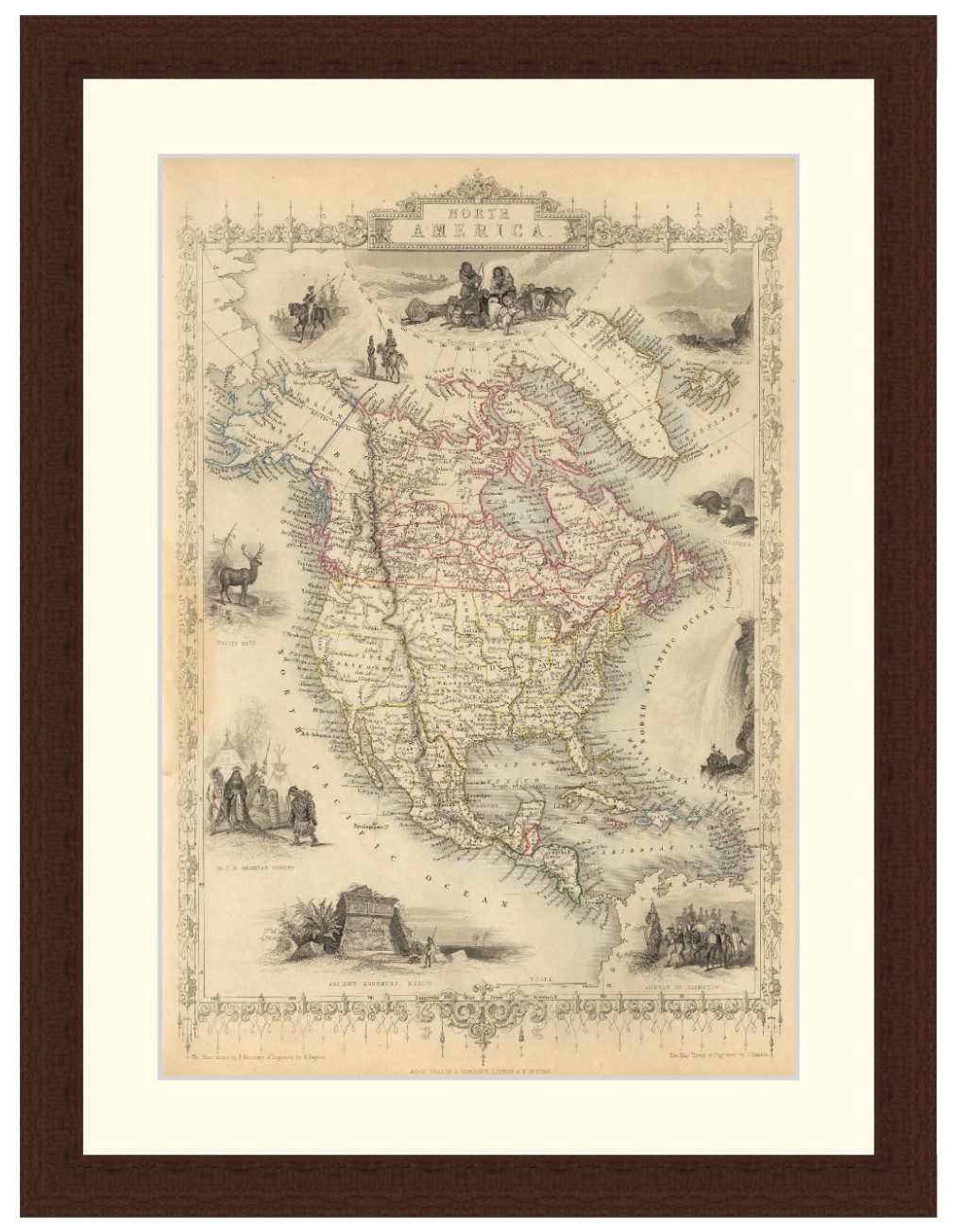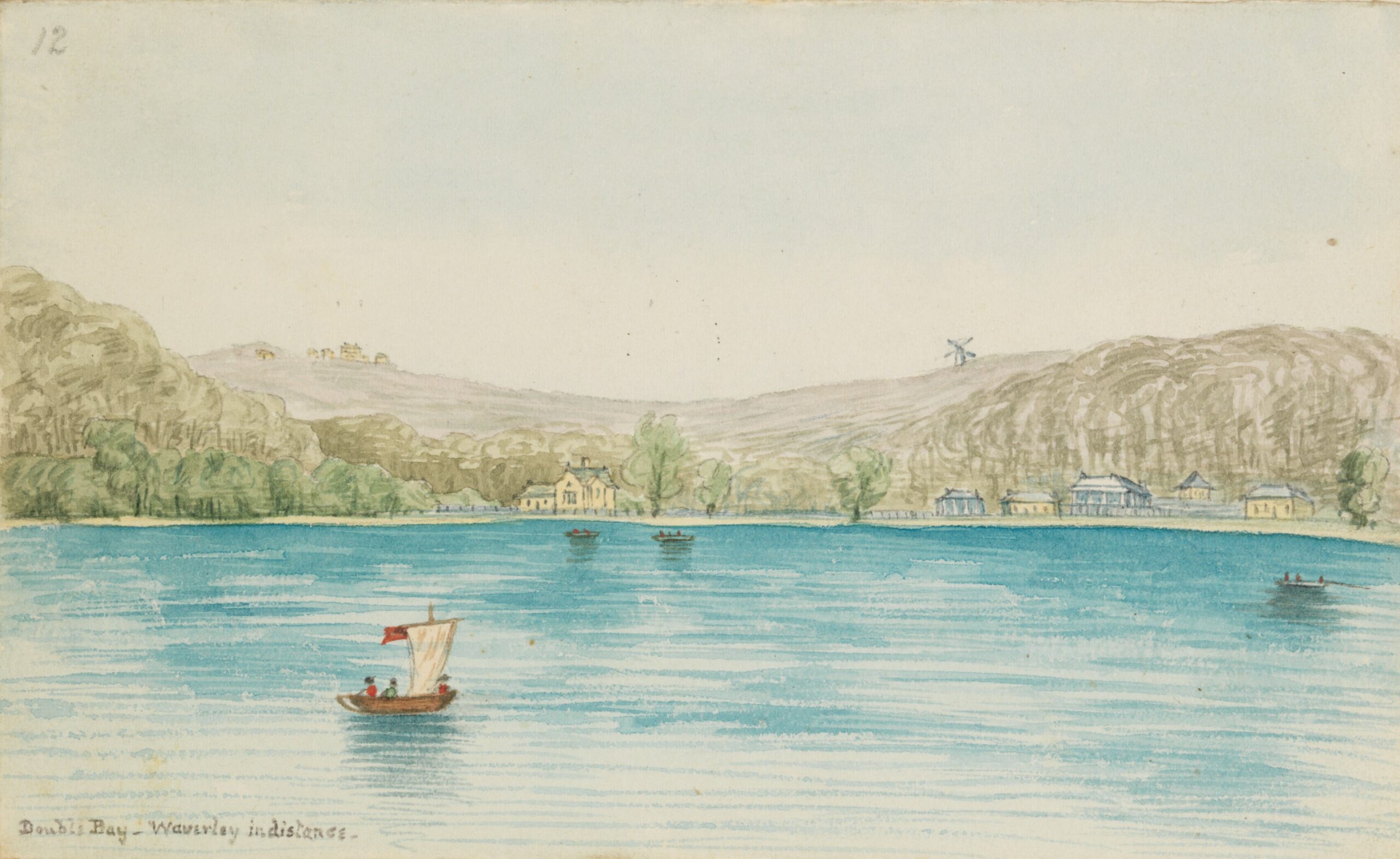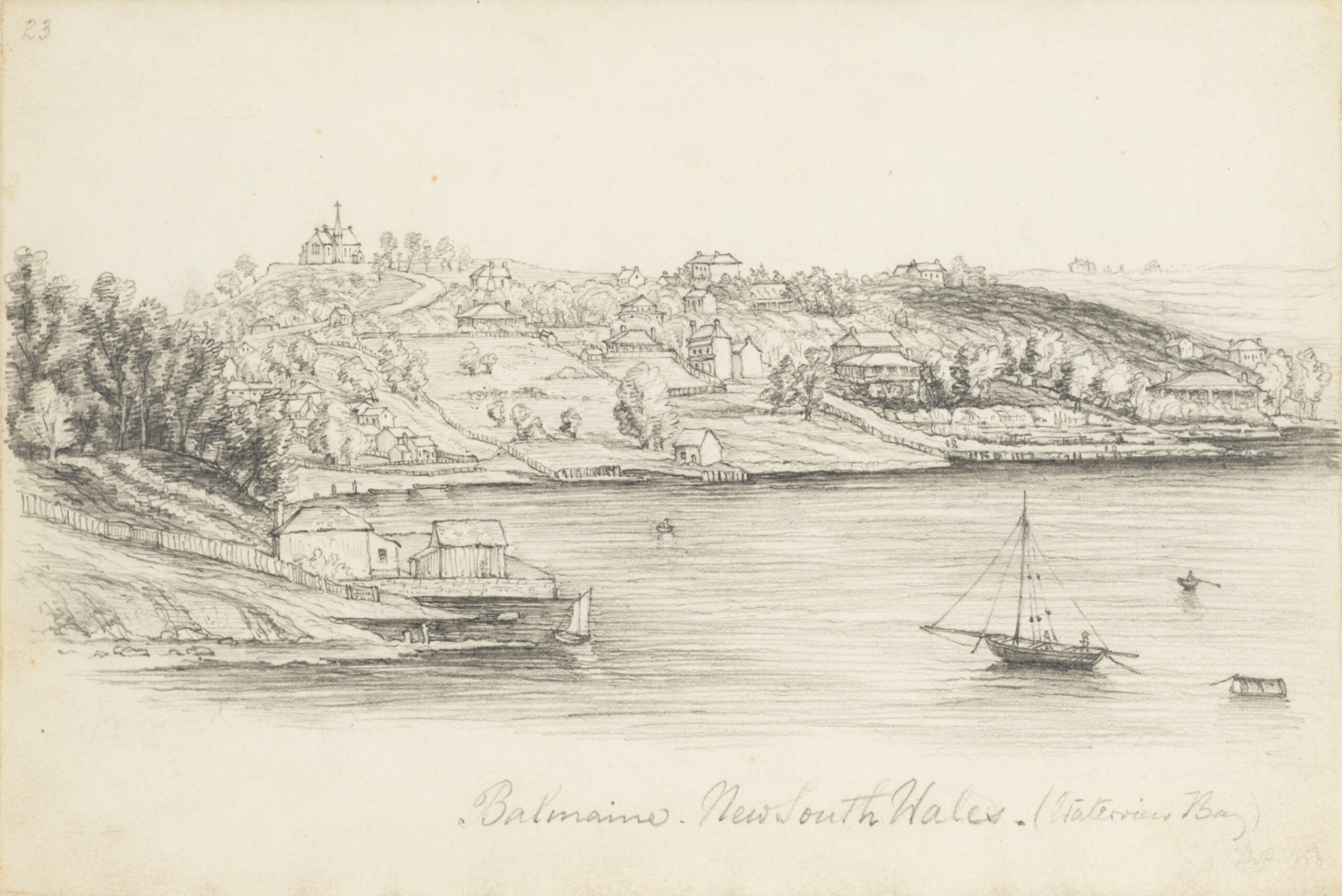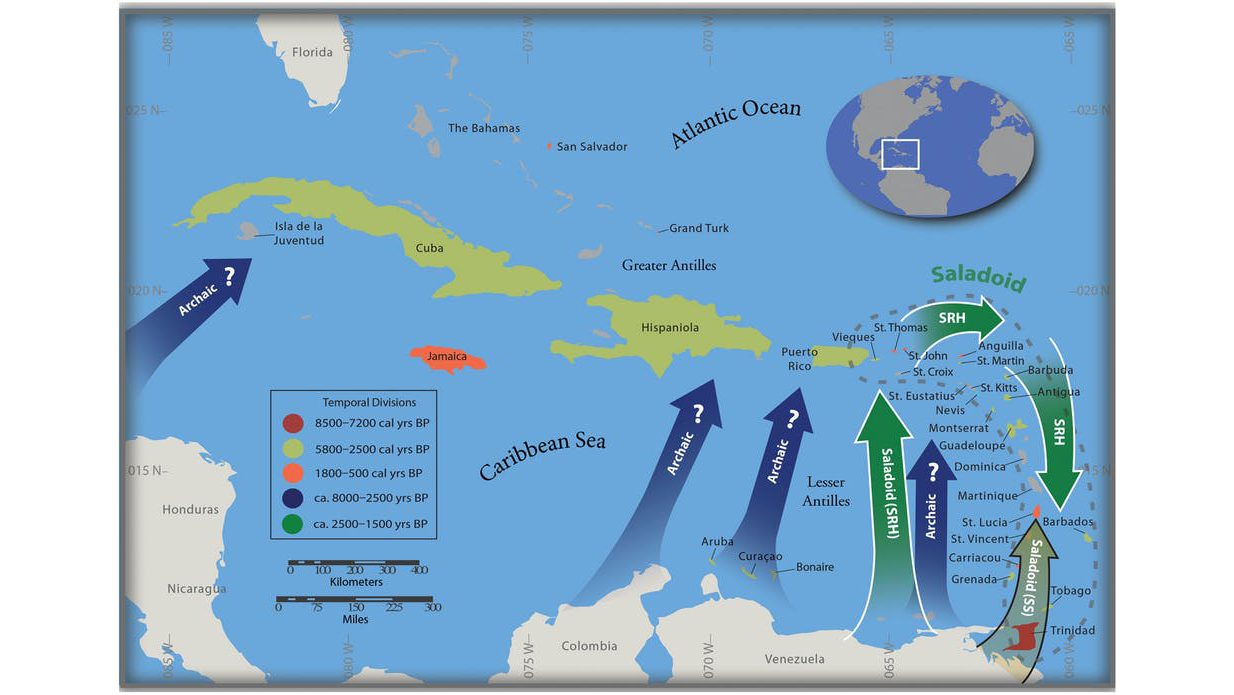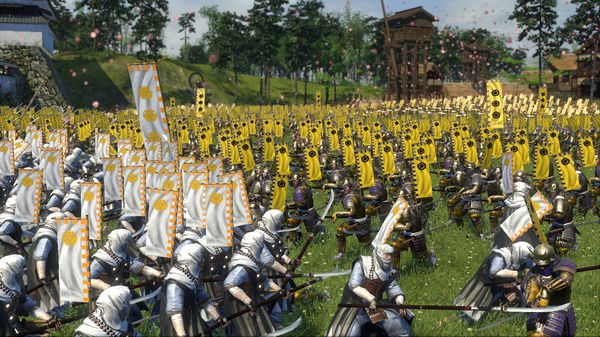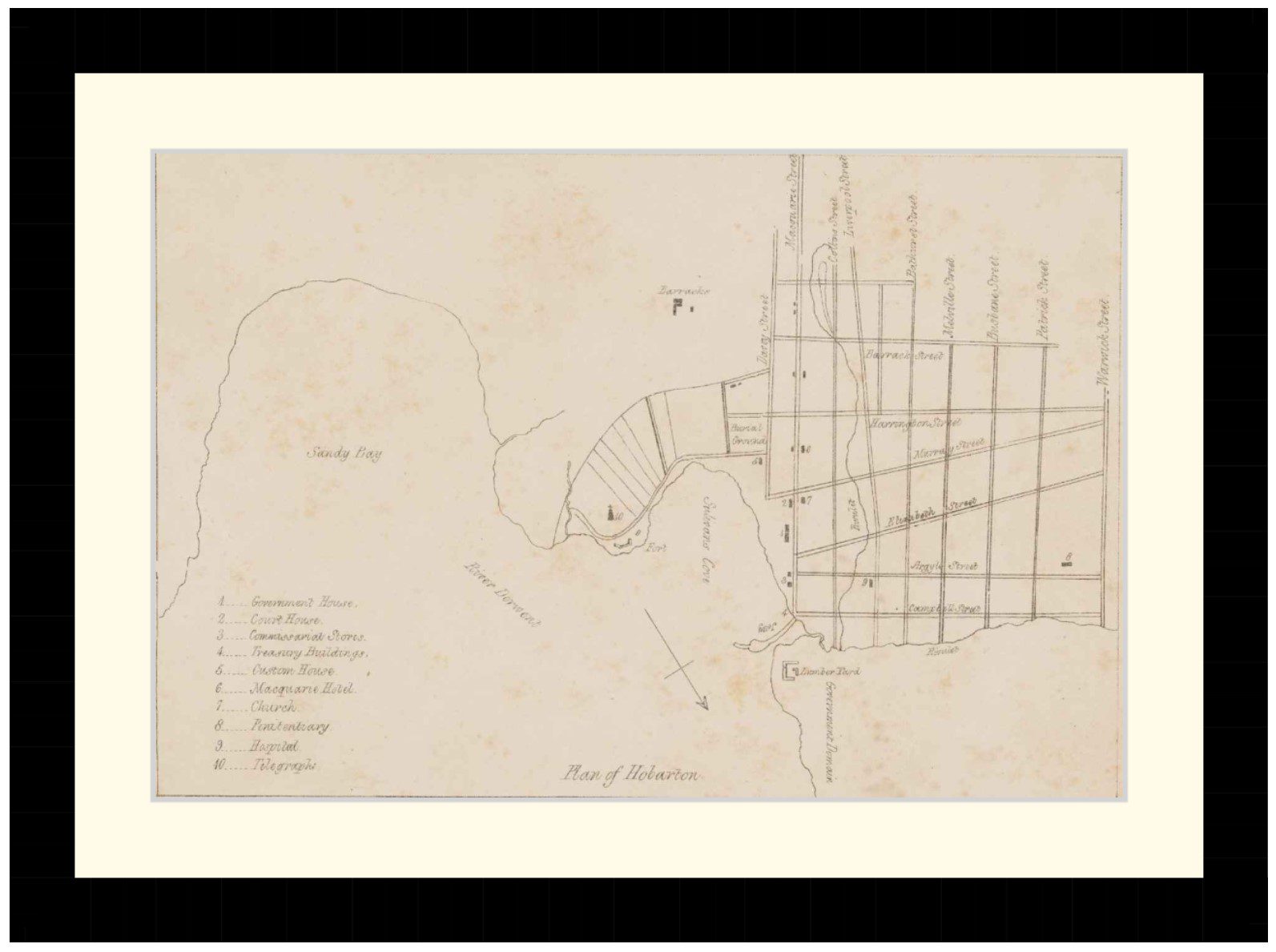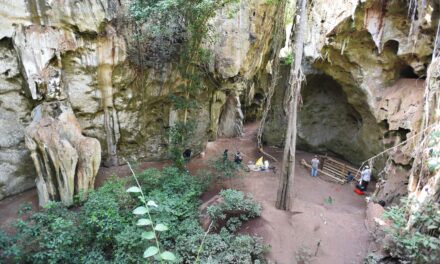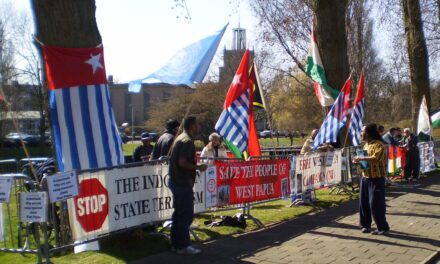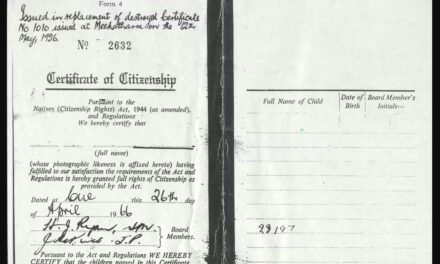Estimated reading time: 5 minutes
The mass migration of Austronesian-speaking peoples thousands of years ago still has an impact on modern countries of the Indo-Pacific region and beyond.
By Madison Moulton
Around 3000 BCE, a mass migration spurred by population growth launched from the coast of modern-day Taiwan. The migrants crossed the oceans of the Indo-Pacific over hundreds of years to settle in Southeast Asia, Oceania, and Madagascar, with some historians estimating they travelled as far as the Americas. Known as the Austronesian Expansion, this event spread the language, culture, and technology of the Austronesian-speaking peoples to new parts of the world and changed the demographics and environments of these areas permanently in ways that can still be witnessed today.
Island Mass Migration
The dominant theory of the Austronesian Expansion begins in Taiwan, aptly named the ‘Out-of-Taiwan’ theory. According to this model, attributed to archaeologist Peter Bellwood and linguist Robert Blust around 1980, Taiwanese indigenous peoples first sailed from Taiwan to the Northern islands of the Philippines around 3000 BCE, just 1000 years after they migrated from mainland China to Taiwan. To facilitate this large-scale migration, the Austronesians developed new sailing technologies and methods of navigation that are still used today. This allowed them to travel long distances across the Indo-Pacific and beyond, settling on islands and mainlands across all hemispheres.
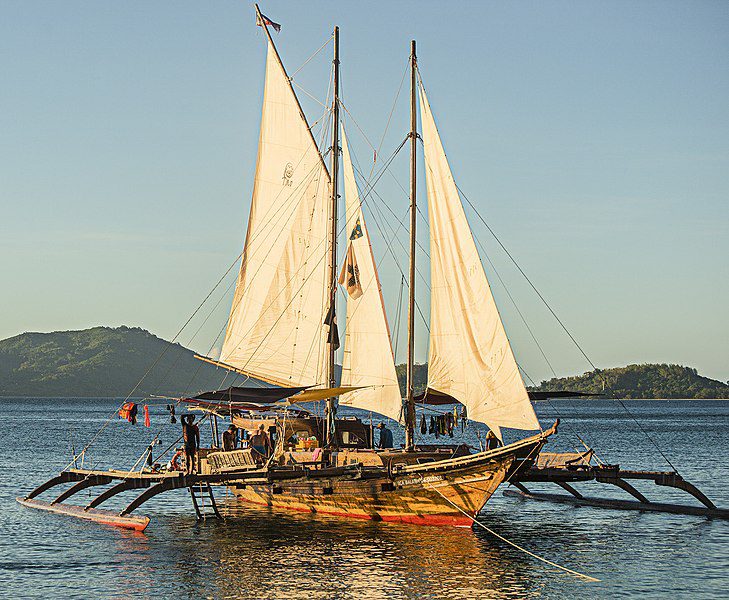
From Luzon, a migrant group moved further South to cover the rest of the Philippines, Borneo, and Indonesia, while others moved west to Southeast Asia and reached as far as Madagascar. Around 1500 BCE, another group moved East to settle on the small islands of the Pacific. 500 years later, Austronesians became the first people to settle in the remote islands of Palau and Yap in Oceania and continued South to the areas surrounding the Solomon Islands.
Over 1000 years after this first mass migration across the Pacific, a second wave of migration occured. Migrants travelled across the oceans once again to reach Tahiti, Hawaii, and New Zealand. Some argue the second wave of migration went beyond these islands, reaching South America and possibly Africa, Europe, and North America.

Supporting Evidence for the ‘Out-of-Taiwan’ Theory
Most of the evidence supporting the Austronesian Expansion is linguistic. In the late 1970s, linguist Robert Blust of University of Hawaii defended the theory by breaking down the Proto-Austronesian language groups into subdivisions and linking these divisions back to Taiwan. Each Proto-Austronesian language subgroup was created at different stages of the migration, as new groups moved to new islands and settled there. Blust also linked certain words in the various Austronesian languages back to the environmental conditions in Taiwan, disproving the previous assumption that Austronesian languages originated from Vietnam or Cambodia.
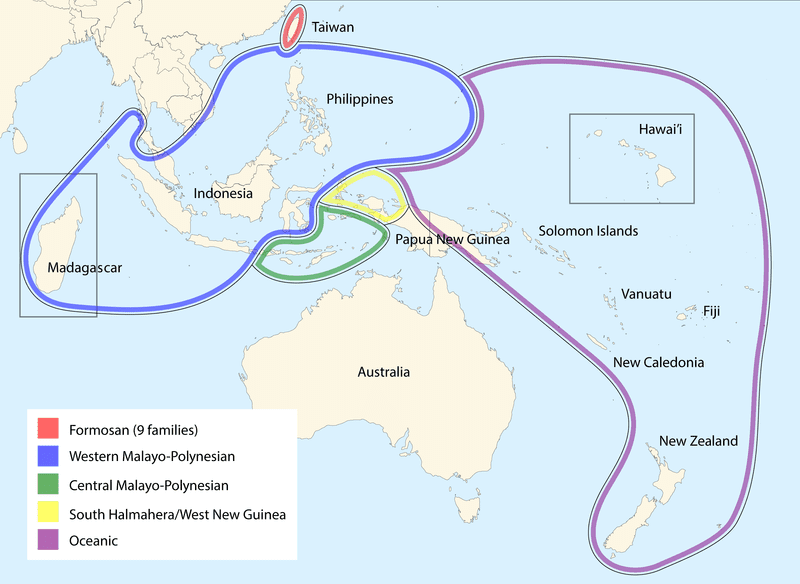
The ‘Out-of-Taiwan’ theory sparked widespread interest across the sciences. Archaeological studies of the Indo-Pacific region added further evidence to support the path of migration. Scientists attributed the introduction of pigs, chickens, and Pacific rats to the Austronesian Expansion, as well as various plant species – paper mulberry, taro, and coconuts. For evidence that the Austronesians reached the coasts of South America, scientists tracked the journey of the sweet potato from Taiwan (although this evidence not conclusive). Excavations across the islands have also uncovered similar pottery styles and stones that originate from Taiwan, providing further evidence for the theory.
Initial studies in genetics threatened to dispute the theory, as analysis of modern populations did not support the argument for Taiwanese origin. However, recent studies of fossils have produced genetic evidence of the Taiwanese migration to back up the strong evidence in other fields. According to the study, which compared genome sequences of different groups:
“Bayesian phylogenetic analysis allows us to reconstruct a history of early Austronesians arriving in Taiwan in the north ∼6,000 years ago, spreading rapidly to the south, and leaving Taiwan ∼4,000 years ago to spread throughout Island Southeast Asia, Madagascar, and Oceania.”
Early Austronesians: Into and Out Of Taiwan by Albert Min-Shan Ko et al.
The Impact of the Austronesian Expansion
The Austronesian Expansion is one of the most significant mass migrations of the era. As the Austronesian-speaking peoples colonized new islands, they spread their language and culture, forming the foundations of the modern languages and cultural traditions of each region. Today, the Austronesian language group is the fifth largest in the world, spoken by nearly 400 million people across many small ocean islands.
The migrants spread art and technology – particularly sailing technology – as well as domesticated crops and animals that became island staples in the areas they were introduced to. The Austronesians were also the first to settle in and populate remote islands that are dominated by Austronesian-speaking peoples today. Some historians suggest that the impact of this migration is even greater than we have evidence for, as linguistic and archaeological evidence of settlement in Europe, Africa, and the Americas may have been erased over time.
Although heavily debated in the early 21st century, the ‘Out-of-Taiwan’ theory of the Austronesian Expansion is now widely accepted. This recent discovery, not even 50 years old, has altered the perceptions of seaborne migration across the Indo-Pacific region and provided valuable insight into the massive impacts of migrations in history.
Listen to some great podcasts about the Austronesian Expansion
Articles you may also like
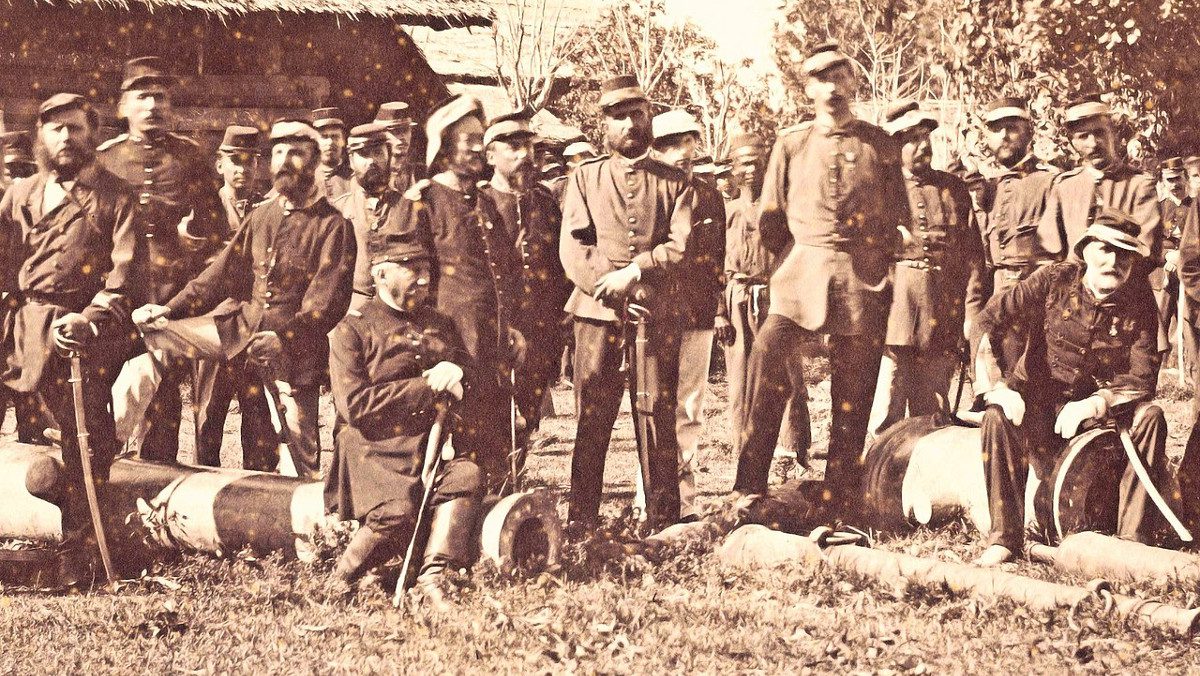
Blood and Pepper: The Aceh Wars
The history of the Dutch East Indies is a blood-soaked tale of war and subjugation in the name of national honour, though in the background it was lucrative spice trade that was the real motivator. In this article, we’ll lift out one particular aspect of this 350-year-long saga, and talk about the Aceh war, one […]

We found the oldest known cave painting of animals in a secret Indonesian valley
The dating of an exceptionally old cave painting of animals that was found recently on the Indonesian island of Sulawesi is reported in our paper out today. The painting portrays images of the Sulawesi warty pig (Sus celebensis), which is a small (40-85kg) short-legged wild boar endemic to the island. Adam Brumm, Griffith University; Adhi […]
The text of this article was commissioned by History Guild as part of our work to improve historical literacy. If you would like to reproduce it please get in touch via this form.


